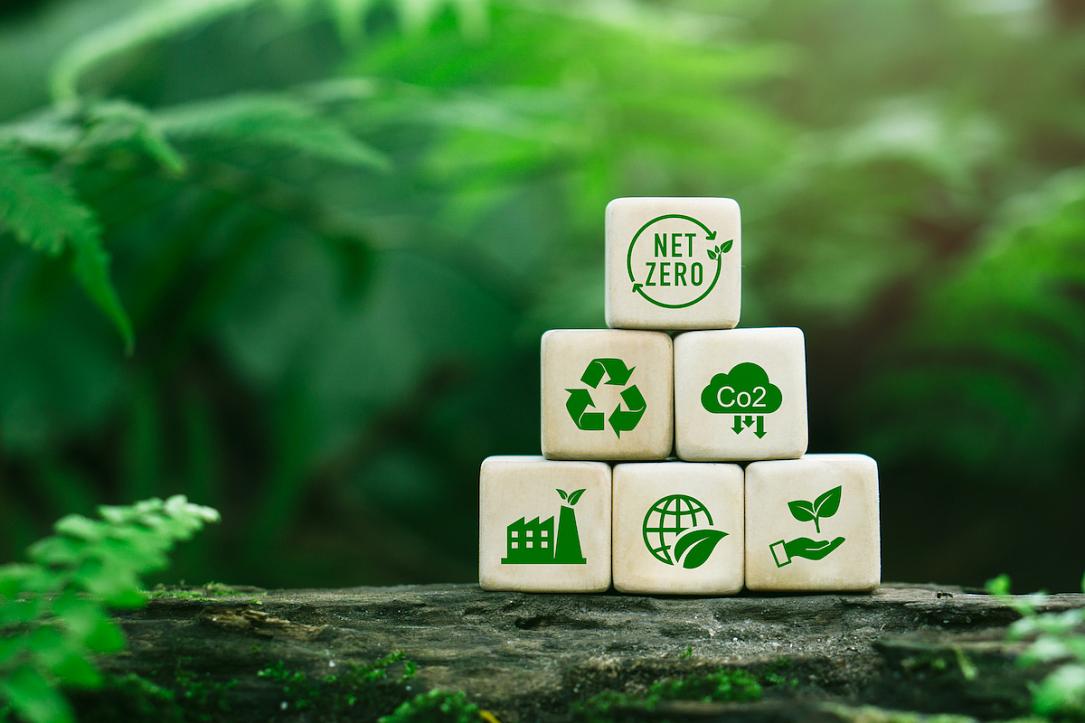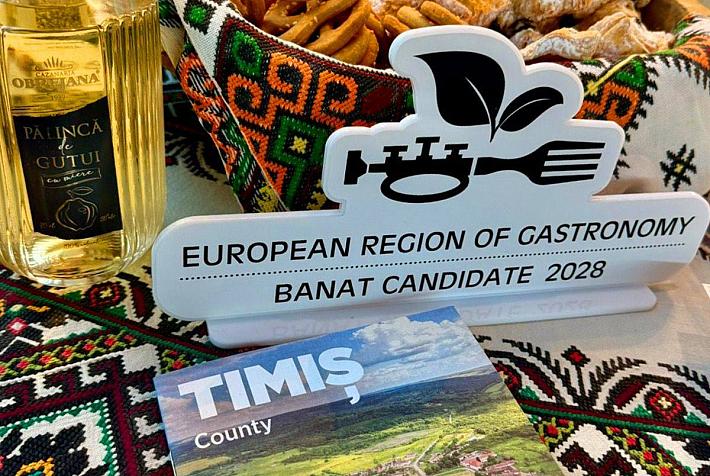Romania outperforms EU’s 2030 green transition target, report says

Romania’s greenhouse gas (GHG) emissions dropped by 56% in 2022 compared to 1990 – vs a 55% overall target set by the European Union for 2030, according to a report compiled by Alpha Bank Romania and quoted by Bursa.ro.
The intermediary 2030 reduction target may be increased to 57%, and by 2050, Europe plans to become neutral regarding GHG emissions.
Thus, Romania has a comparative advantage in the green transition compared to the region, which must be maintained in order to achieve the goal of climate neutrality by 2050, Alpha Bank analysts concluded.
In per capita terms, the GHG emissions expressed in equivalent CO2 in Romania (5.9 tonnes) are smaller compared to Hungary (6.2 tonnes), Italy (7.1 tonnes), Greece (8.5 tonnes), Bulgaria (8.5 tonnes), Poland (10.5 tonnes), and the Czech Republic (11.3 tonnes), the report reads.
However, the country’s GHG emissions are still the equivalent of 113 million tonnes of CO2.
Most of these emissions comprised carbon oxides (66%) and methane (23%).
Romania stands out among the countries in the region due to the double share of methane in greenhouse gas emissions, a gas that does not remain in the atmosphere for as long as CO2. But because it absorbs much more solar energy, it has a much greater greenhouse effect.
The most polluting activities remained fuel-burning, generating 3.9 tonnes of equivalent CO2 per capita in 2022. The rest of the GHG emissions were due to industrial processes (0.7 tonnes per capita) and agriculture (1 ton per capita).
In Romania, agriculture pollutes more than industrial processes, just like in Poland, Bulgaria, and Greece, but such a big difference in pollution between the two sectors is only in Poland.
iulian@romania-insider.com
(Photo source: Witsarut Sakorn/Dreamstime.com)













